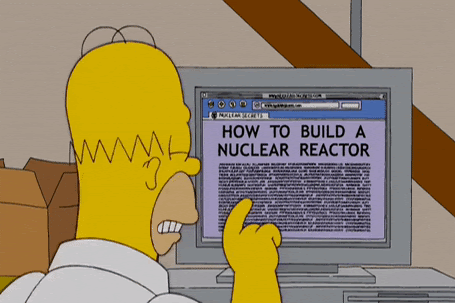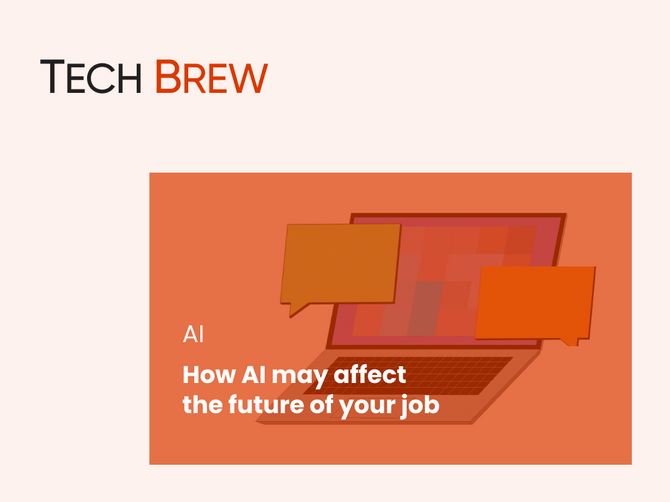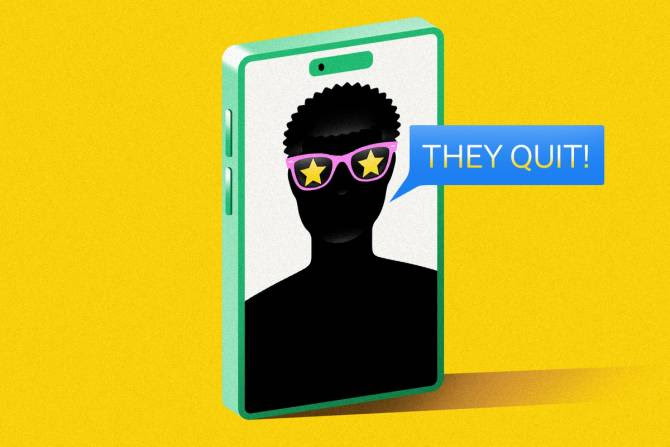News we missed. Can Alternative Media Really Save America? Some tines there are some great article that slip through the cracks. This article is one of those articles.
By Larry Bell
This writer firmly believes that if we had an honest “legacy mainstream” media, America wouldn’t have elected arguably the most inept and dangerous president in our nation’s history.
Were this not the case, major social and commercial networks wouldn’t have buried the demons in Hunter’s laptop from hell revealed in the blockbuster New York Post report which FBI partisans sat on throughout the 2020 election season, going so far as alerting those outlets to dismiss any such reports as the propaganda product of a Russian operation.
An honest media would be outraged that 51 intel officials backed that “earmarks of Russia disinformation” ruse with no evidence whatsoever, an unsupported claim that Joe Biden used to great advantage in the presidential debates.
A responsible media would report congressional whistleblower and eyewitness testimony supported by communications and banking records indicating that Joe Biden not only knew about his son Hunter’s hugely lucrative foreign influence peddling, but that the money trail leads to “the Big Guy.”
One might have reasonably expected some media coverage concerning Hunter’s July 30, 2017, WhatsApp shakedown text message to an executive connected to China’s Communist Party threatening that dad Joe and his political allies would “make certain . . . that you will regret not following my direction” while negotiating a six-figure business deal.
Referring to his dad, Hunter clarified: “if I get a call or text from anyone involved in this other than you, Zhang, or the [CEFC] chairman, I will make certain that between the man sitting next to me and every person he knows and my ability to forever hold a grudge that you will regret not following my direction.”
Records revealed to the House Ways and Means Committee show that the following month Hunter’s Owasco P.C. firm received nearly $5 million in a series of CEFC payments.
It’s also been pretty much crickets regarding Hunter business partner Devon Archer’s July 31 testimony before the House Oversight Committee that Joe was plugged into more than 20 of his son’s foreign business telephone conversations.
Included is at least one with a top-level representative of Burisma, a Ukraine energy company where Hunter served as a no-show board member receiving a million-dollar annual salary.
According to Miranda Devine at the New York Post, three days after a Dec. 6, 2015, phone call involving Hunter, Joe and Burisma executive Vadym Pozharskyi regarding the company’s “need for support,” V.P. Biden — the Obama administration point guy on Ukrainian issues — flew to Kyiv to ironically address its parliament about corruption.
The following month Joe bragged before the Council on Foreign Relations about threatening to withhold $1 billion in U.S. Ukraine aid unless it dropped the Burisma case.
Biden famously said, “I looked at them and said, ‘I’m leaving in six hours. If the prosecutor is not fired, you’re not getting the money.’ Well, son of a b***h, he got fired.”
Then in February 2016, roughly two months after Biden’s trip and two months before Shokin’s firing, Hunter sent an email thanking Burisma’s owner Mykola Zlochevsky for “the beautiful birthday gifts,” which he described as “far too extravagant.”
A redacted FD-1023 form released by Sen. Chuck Grassley, R-Iowa, shows that during a 2016 meeting at a Vienna, Austria, coffee shop, Zlochevsky claimed to have been “coerced” into paying Hunter and Joe $10 million; “5 [million] to pay one Biden, and 5 [million] to another Biden.”
Nevertheless, much of the public has remained woefully uninformed regarding such apparent pay-for-play scandals papered over with wall-to-wall coverage of endless transparently contrived charges against former President Donald Trump.
A survey by the Media Research Center (MRC), found that the “Big Three” networks — ABC, CBS, and NBC — avoided discussing national security-compromising Biden influence peddling evidence altogether between June 8-12, while devoting 291 minutes to Trump distractions.
Based upon half-hour newscasts which typically devote 10 minutes to advertising, this amounted to nearly 15 shows devoted to nothing but Trump.
The only good news about blatantly complicit bad Biden-DOJ/FBI scandals is that they’re becoming increasingly difficult to contain.
According to a nationwide June Trafalgar-Convention of States Action poll, fewer than one-third (31.4%) of voters believe Joe Biden to be innocent of allegations connected to a foreign policy bribery scheme.
Somehow, and here I’ll especially thank the New York Post, numerous radio talk show program hosts, some Fox commentators, and yes, most certainly my Newsmax affiliates, for making a difference.
It has been hard to muffle the implosion of Hunter’s proposed DOJ sweetheart deal that allowed the statute of limitations to expire on felony IRS tax fraud charges and provided blanket immunity from a host of other criminal offenses in exchange for pleading out for a couple of misdemeanors.
Reliably anti-Trump Wall Street Journal editors now confirm that “Hunter Biden made big money abroad by dropping the name of his powerful father, and the same tactic seems to have nearly helped him evade tax and gun charges.”
The newspaper’s writer William McGurn has called upon special counsel David Weiss who engineered the Delaware Hunter investigation fiasco to resign.
Recall how outrageous it seemed but a few years ago when Donald Trump audaciously called out a “fake media”?
Hate Donald Trump, love the guy, or maybe a mix of the two, give him credit for being entirely right on that.
Larry Bell is an endowed professor of space architecture at the University of Houston where he founded the Sasakawa International Center for Space Architecture and the graduate space architecture program.


















 Francis Scialabba
Francis Scialabba